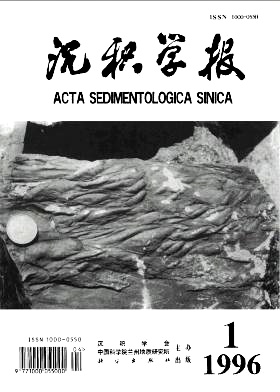Effects of Gypsum (or Anhydrite) on Dissolution of Dolomite under Different Temperatures and Pressures of Epigenesis and Burial Diagenesis
- Received Date: 1994-08-02
- Publish Date: 1996-03-10
-
Key words:
- experimental simulation /
- epigenesis and burial diagenesis /
- dissolution of Dolomite /
- gypsum and anhydrite /
- secondary porosity
Abstract: Exeperiments of dissolution for dolomite with and without gypsum (or anhydrite) have been made under different temperatures and pressures (40-130℃, normal atmospheric pressure-30MPa) of epigenesis and burial diagenesis conditions.The results show that the effect of presence of gypsum(or anhydrite) on dissolution of dolomite is positive when temperature is below 75℃ and pressure below 20MPa, but it is negative when temperature is higher than 75℃ and pressure higher than 20MPa. Based on the results we can predict that under the conditions of epigenesis and relatively shallow burial diagenesis the dissolution and formation of secondary porosity of dolomite with gypsum (or anhydrite) should be more common than that of dolomite without gypsum (or anhydrite), but under the deeper burial conditions the dissolution and formation of secondary porosity of dolomite without gypsum (or anhydrite) should be more common than that of dolomite with gypsum (or anhydrite).
| Citation: | Huang Sijing, Yang Junjie, Zhang Wenzheng, Huang Yueming, Liu Guixia, Xiao Linping. Effects of Gypsum (or Anhydrite) on Dissolution of Dolomite under Different Temperatures and Pressures of Epigenesis and Burial Diagenesis[J]. Acta Sedimentologica Sinica, 1996, 14(1): 103-109. |






 DownLoad:
DownLoad: